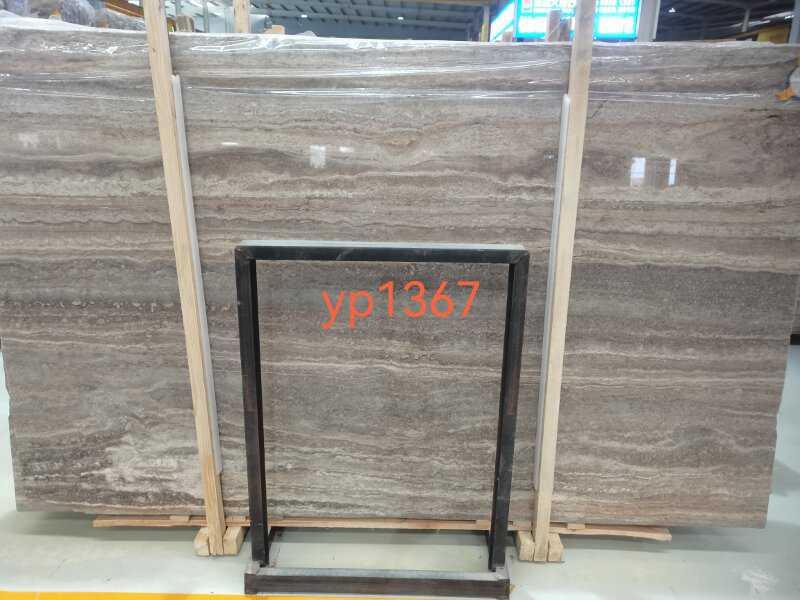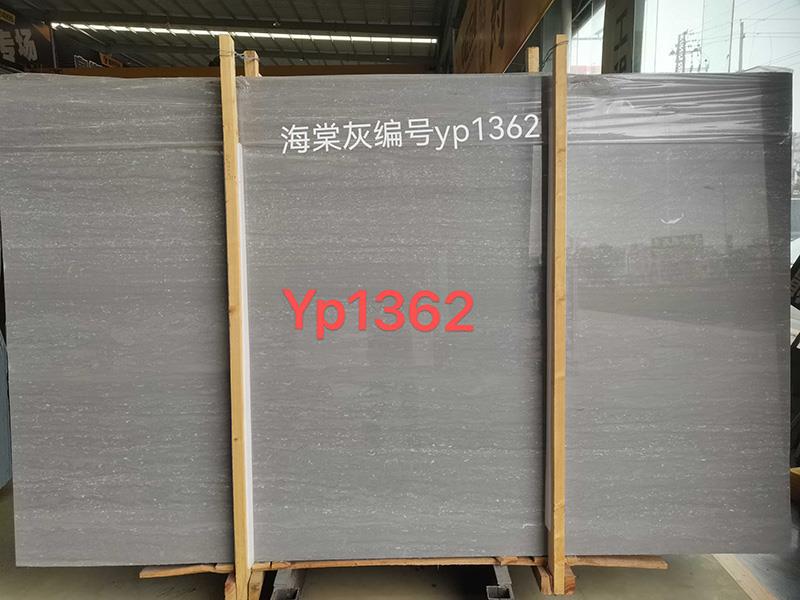Marble: A Stone of Eternal Beauty and Human Ingenuity
Publish:2025-03-19 15:01:44 Source:New Lucky Stone Corporation (中菲传美)
For millennia, marble has captivated civilizations as both a material of artistic expression and a symbol of luxury. Formed deep within Earth’s crust over eons, this metamorphic rock has played a pivotal role in shaping architecture, sculpture, and cultural heritage. Its veined elegance and durability have made it a timeless witness to human creativity and ambition.
Geological Origins and Characteristics
Marble originates from limestone or dolomite subjected to intense heat and pressure during tectonic plate collisions. This metamorphosis recrystallizes calcium carbonate into interlocking grains, resulting in a stone renowned for its strength and polished sheen. Its distinctive veining—often in hues of gold, rose, gray, or green—derives from mineral impurities like clay, iron oxides, or serpentine, making each slab a unique natural canvas.
A Legacy in Art and Architecture
The allure of marble lies not just in its beauty, but in its malleability when carved. Ancient civilizations harnessed this quality:
Classical Antiquity: Greek sculptors like Phidias crafted marble statues of gods and athletes, embodying ideals of perfection. The Parthenon’s frieze and Roman emperors’ portraits stand as testaments to their skill.
Renaissance Splendor: Michelangelo’s David and Bernini’s Baroque fountains transformed marble into emotional narratives, blending divine inspiration with human anatomy.
Modern Marvels: From the Taj Mahal’s luminous white Agra marble to New York’s Grand Central Terminal’s Tennessee pink marble, the stone continues to define iconic spaces.
Cultural Symbolism and Status
Beyond aesthetics, marble has long symbolized power and permanence. Emperors commissioned colossal statues in Carrara marble to assert dominance, while churches used it to evoke divinity. In contemporary contexts, marble interiors in luxury hotels or tech offices evoke opulence and sophistication, blending tradition with modernity.
Environmental and Ethical Considerations
The extraction of marble, particularly in regions like Italy’s Carrara or Greece’s Penteli, raises ecological concerns:
Quarrying impacts: Habitat destruction and water pollution from sediment runoff threaten biodiversity.
Sustainability efforts: Innovations like precision cutting to minimize waste and reforestation initiatives aim to mitigate environmental footprints.
Ethical sourcing: Certifications such as the Marble Institute of America’s standards help ensure responsible practices.
Innovations in Marble Use
Today, marble transcends traditional roles:
Design versatility: Ultra-thin marble slabs for cladding, composite materials blending marble dust with resins, and digital fabrication techniques enable avant-garde forms.
Technology integration: Marble is even finding uses in high-tech applications, such as heat-resistant surfaces in laboratories.
Conclusion
Marble’s journey from geological accident to cultural icon reflects humanity’s deep connection to the natural world. As we balance its historic legacy with planetary stewardship, marble remains both a relic of the past and a canvas for the future—a reminder that true beauty endures when paired with responsibility. Whether adorning a Renaissance palace or a sustainable smart city, marble continues to inspire, challenging us to leave a legacy as enduring as the stone itself.
Geological Origins and Characteristics
Marble originates from limestone or dolomite subjected to intense heat and pressure during tectonic plate collisions. This metamorphosis recrystallizes calcium carbonate into interlocking grains, resulting in a stone renowned for its strength and polished sheen. Its distinctive veining—often in hues of gold, rose, gray, or green—derives from mineral impurities like clay, iron oxides, or serpentine, making each slab a unique natural canvas.
A Legacy in Art and Architecture
The allure of marble lies not just in its beauty, but in its malleability when carved. Ancient civilizations harnessed this quality:
Classical Antiquity: Greek sculptors like Phidias crafted marble statues of gods and athletes, embodying ideals of perfection. The Parthenon’s frieze and Roman emperors’ portraits stand as testaments to their skill.
Renaissance Splendor: Michelangelo’s David and Bernini’s Baroque fountains transformed marble into emotional narratives, blending divine inspiration with human anatomy.
Modern Marvels: From the Taj Mahal’s luminous white Agra marble to New York’s Grand Central Terminal’s Tennessee pink marble, the stone continues to define iconic spaces.
Cultural Symbolism and Status
Beyond aesthetics, marble has long symbolized power and permanence. Emperors commissioned colossal statues in Carrara marble to assert dominance, while churches used it to evoke divinity. In contemporary contexts, marble interiors in luxury hotels or tech offices evoke opulence and sophistication, blending tradition with modernity.
Environmental and Ethical Considerations
The extraction of marble, particularly in regions like Italy’s Carrara or Greece’s Penteli, raises ecological concerns:
Quarrying impacts: Habitat destruction and water pollution from sediment runoff threaten biodiversity.
Sustainability efforts: Innovations like precision cutting to minimize waste and reforestation initiatives aim to mitigate environmental footprints.
Ethical sourcing: Certifications such as the Marble Institute of America’s standards help ensure responsible practices.
Innovations in Marble Use
Today, marble transcends traditional roles:
Design versatility: Ultra-thin marble slabs for cladding, composite materials blending marble dust with resins, and digital fabrication techniques enable avant-garde forms.
Technology integration: Marble is even finding uses in high-tech applications, such as heat-resistant surfaces in laboratories.
Conclusion
Marble’s journey from geological accident to cultural icon reflects humanity’s deep connection to the natural world. As we balance its historic legacy with planetary stewardship, marble remains both a relic of the past and a canvas for the future—a reminder that true beauty endures when paired with responsibility. Whether adorning a Renaissance palace or a sustainable smart city, marble continues to inspire, challenging us to leave a legacy as enduring as the stone itself.
Hot News
-
Marble: A Stone of Eternal Beauty and Human Ingenuity
For millennia, marble has captivated civilizations as both a material of artistic expression and a symbol of luxury. Formed deep within Earth’s crust over eons, this metamorphic rock has played a pivotal role in shaping architecture, sculpture, and cultural heritage. Its veined elegance and …
-
Is the material yield of natural stone 80% reasonable?
From last century is engaged in stone material industry to begin, a lot of stone material production enterprise cuts the rate of specification board to press 80% quotation when the project is quoted, at that time this principle does not know is that enterprise puts forward first, anyway it is to quot…
-
Characteristics of Stone in Modern Architectural Decoration
Core Tip: Modern architecture has developed in China for more than a hundred years. Over the past 50 years, the construction industry in New China has been developing rapidly. The application of stone in construction has been increasing in number and expanding in use. In structural engineering, stone…




 Home > News > Industry news
Home > News > Industry news






 闽公网安备35020602002264号
闽公网安备35020602002264号